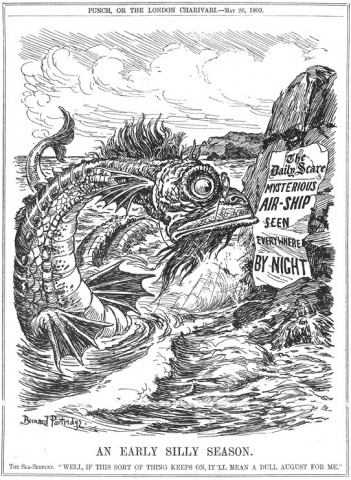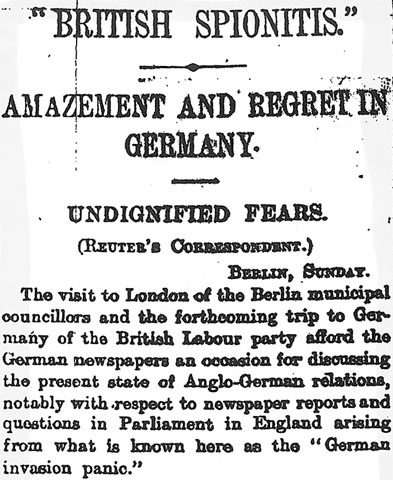Post-blogging the 1909 scareships: thoughts and conclusions
That’s it for the phantom airship scare of 1909. It’s been interesting for me, as I haven’t looked closely at this material since I did my 4th year thesis some time ago (the 1913 scare made it into the PhD, but not 1909). It didn’t last very long, only a couple of weeks. At first, […]




